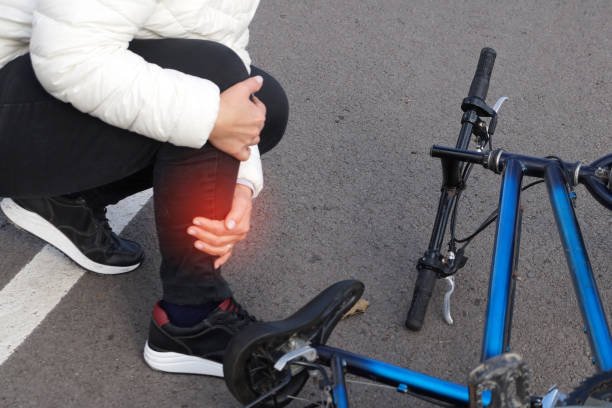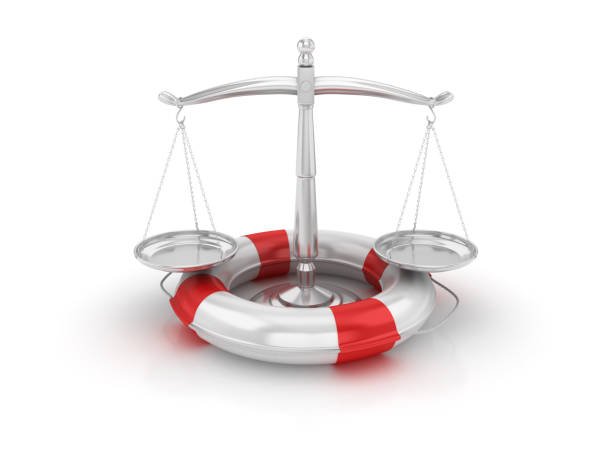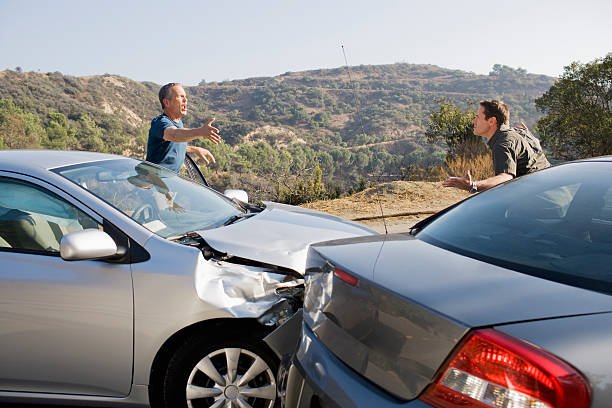Introduction:
Biking is not only an environmentally friendly mode of transportation but also a popular recreational activity enjoyed by millions worldwide. However, with the increasing number of cyclists on the roads, the risk of bike accidents has also risen. In this article, we will explore the common causes of bike accidents, the potential consequences, and most importantly, how to prevent them.
Causes of Bike Accidents:
1. **Distracted Riding:**
– Just like distracted driving, distracted riding is a significant cause of bike accidents. Cyclists may be using their phones, listening to music, or engaging in other activities that divert their attention from the road.
2. **Negligent Drivers:**
– Motorists not paying attention to cyclists on the road can result in accidents. Failure to yield, improper lane changes, and opening car doors without checking for oncoming cyclists are common examples.
3. **Poor Road Conditions:**
– Uneven surfaces, potholes, and debris on the road can pose significant hazards for cyclists. Municipalities play a crucial role in maintaining safe biking infrastructure.
4. **Lack of Visibility:**
– Low visibility, especially during dawn, dusk, or nighttime, increases the likelihood of accidents. Cyclists should use proper lighting and reflective gear, and drivers should be vigilant in spotting cyclists.
5. **Failure to Obey Traffic Laws:**
– Both cyclists and motorists must adhere to traffic laws. Running red lights, disregarding stop signs, and failing to signal can lead to dangerous situations.
Consequences of Bike Accidents:
1. **Physical Injuries:**
– Bike accidents can result in a range of injuries, from minor cuts and bruises to more severe injuries like fractures, head trauma, and spinal injuries.
2. **Emotional Impact:**
– The emotional toll of a bike accident can be significant. Cyclists may experience anxiety, post-traumatic stress disorder (PTSD), or a fear of cycling again.
3. **Financial Burden:**
– Medical bills, bike repairs, and potential legal fees can place a considerable financial strain on those involved in bike accidents.
Preventing Bike Accidents:
1. **Helmet Use:**
– Wearing a helmet significantly reduces the risk of head injuries in the event of an accident. Cyclists should make helmet use a non-negotiable part of their biking routine.
2. **Obey Traffic Laws:**
– Both cyclists and motorists must adhere to traffic rules. This includes stopping at stop signs, yielding the right of way, and signaling intentions.
3. **Stay Visible:**
– Cyclists should use lights and reflective gear, especially in low-light conditions. This helps drivers spot them from a distance, reducing the risk of collisions.
4. **Defensive Riding:**
– Cyclists should assume that drivers might not see them and ride defensively. This involves staying alert, avoiding blind spots, and anticipating potential hazards.
5. **Advocate for Safe Infrastructure:**
– Support and advocate for the development and maintenance of bike-friendly infrastructure in your community. This includes bike lanes, proper signage, and regular road maintenance.
Conclusion:
Bike accidents can have severe consequences, but by understanding the causes and implementing preventive measures, cyclists and motorists can work together to create safer roads for everyone. Increased awareness, education, and a commitment to following traffic rules are crucial steps in reducing the incidence of bike accidents and ensuring a more enjoyable and secure cycling experience.



